With more than 320 million monthly active users in 2019, now is not the time to ignore Twitter.
It doesn’t matter if you are chasing local traffic and customers or offering services on a global scale, you need to use social media to your advantage.
Brand interaction remains strong, with Twitter users following and engaging with companies of interest. Consider the following statistics:
- Half a billion tweets are sent each day.
- 71 percent of users are reading the news on Twitter.
- 85 percent of SMB users believe that providing customer service on Twitter is important
Even if you engage on Twitter religiously, sharing content and engaging with your favorite brands and influencers, there is no guarantee of success in social networks.
As suggested by Twitter, you should establish objectives related to your marketing strategy. This is based largely on one keyword: engagement.
How many people are retweeting or “favoriting” your content? How many are clicking on links to your website or blog?
If you don’t know how to increase Twitter engagement, it can be frustrating to spend so much time on the social network. Again, results are the only thing that matter. This article is designed to help you increase Twitter chat engagement without delay.
Before You Implement a Strategy
Before you set any strategy in motion, make sure that you…
- Audit your Twitter account to better understand past engagement.
- Make note of which types of posts have generated the highest level of engagement.
- Review your competition to get a better idea of what’s working (and isn’t working) for them.
Once you do this, it’s time to implement the following five tools into your Twitter strategy. Each one can help increase social media engagement overnight.
Here we go!
1. Twitter Analytics – The official analytics tool of Twitter, this is a great place to start if you want to better understand your audience, past successes and failures, and how to boost engagement.
I use a variety of tools for increasing engagement and providing my followers with more value, but it’s this one that is often the basis for many decisions.
Here are some benefits of Twitter Analytics:
- Easy to access and understand.
- 100 percent accurate.
- Built-in tools to save you time and improve efficiency.
- Multiple sections to provide a complete overview of your account.
Here’s an example of what you will see at the top of your page:
An understanding of all three of these categories can help you increase engagement. As long as valuable content is at the forefront of everything you do, more tweets are always better.
Starting on the far left of the above graph, you see a 500 percent increase in tweets over the past 28 days. With such a big increase, it’s no surprise that the number of tweet impressions and profile visits have also increased.
With only six tweets, this user was able to experience a huge increase in the number of impressions and profile visits, thus leading to more opportunity for social media engagement. Keep in mind that not every tweet is a Twitter ad.
Continuing down the page, you can review past highlights, broken down by month. One of my favorite sections for engagement is the “Top Follower.” This tells you which Twitter user is your top follower is for a given month.
From an engagement perspective, pay attention to how many followers this person has. In this example, the top follower has nearly 40,000 of his own followers. Wouldn’t it make sense to mention this person in an upcoming tweet? Your hope is that your Twitter follower will share the tweet with their audience, thus increasing your social media engagement and reach.
Throughout the month, and particularly at the end of the month, don’t forget to review your monthly summary.
The official Twitter Analytics tool proves that the data associated with your Twitter handle can be simple to understand.
You need to provide quality advice and updates. You need to have a solid strategy. You also need to tweet regularly.
This tool gives you a snapshot of your activity, while also providing guidance on top followers, top tweets, top mentions and more.
2. BuzzSumo – There are millions of blog posts published every day. The same holds true for social media updates. If you want to increase Twitter chat and social media engagement, you need to focus on what works best for you, as well as your competition.
The BuzzSumo tagline tells the story of what the tool is all about:
“Analyze what content performs best for any topic or competitor.”
Once you know what content performs best, you can use it to your advantage when posting from your Twitter handle with the idea of boosting engagement. Let’s examine how this works.
Start by typing any phrase into the search box. In this example, I used “social media marketing.”
Here is the left side of the results page:
This is where you will find a long list of the top-performing content for your key phrase in various social networks. Pay close attention to the title, URL and date.
The right side of the results page is where the most important data is found:
It’s here that you will see how each of the top posts is performing on social media. In this example, the top post has 3,500 Twitter shares. Even the third post has nearly 500 shares.
If you plan on using more than a Twitter chat to engage your audience, pay attention to the other columns, as well, as the total number of shares. This will provide basic metrics of social media engagement across your various social networks.
Here is what you are looking to accomplish with a basic BuzzSumo search:
- Determine what types of titles are generating the best social response.
- Review how each post is performing on social media, with an eye towards Twitter.
- Learn more about the number of backlinks and who’s sharing.
For Twitter engagement, in particular, click on the “View Sharers” icon. (Upgrade to BuzzSumo Pro for access to this tool).
For each person who shared the content from your Twitter handle, you are presented with the following:
Now, it’s time to act on this data. Take these steps:
- Create a blog post that bests the top-performing posts for your keyword phrase.
- Identify the top sharers, based on your competitive analysis.
- Reach out to these people via Twitter and email, making them aware of your content.
You can’t reach out to everybody, so pay close attention to any top Twitter follower who shares your information. Focus your outreach on the influencers with the most followers and highest retweet ratio.
Your one and only goal is to be a recognized Twitter handle by these users. The top sharer in the above screenshot has more than 274,000 followers with a retweet ratio of 11 percent. Second on the list is a user with roughly 276,000 followers and a retweet ratio of 44 percent.
If either one of these users retweets your update, it’ll be put in front of more than a quarter-million people. This one retweet will do wonders for your Twitter chat ratios and overall social media engagement. Targeting influencers should always be your goal when using social networks.
Pro Tip: Experiment with an analysis of your top competitors. Here’s an example:
3. TwitHelper – With 280 characters at your disposal, Twitter forces you to get to the point. And, that’s typically a good thing.
What you say is important, but how you say it can also impact your results. The use of a high-quality image can be the difference between crazy good engagement and nothing at all. A Twitter card can be very useful for concise and visually appealing content.
TwitHelper allows you to make a Twitter card in seconds. The service also sells its value by correctly stating, on its homepage, that tweets with images receive 150 percent more retweets.
There are other similar statistics floating around, with Buffer noting that “tweets with image links get 2x the engagement rate of those without.”
Twitter even makes it clear that using photos can boost engagement, saying that “photos average a 35% boost in Retweets.”
Enough statistics. You now clearly know that using images can increase engagement and open up new doors across social networks.
There are three steps to follow when creating Twitter ready images via TwitHelper. Let’s briefly look at each step:
Find a background photo or upload your own. This is the “ground floor” of your image and the basis of your Twitter card, with TwitHelper providing millions of copyright-free photos.
Maybe you are tweeting about the cats. Find an image of a cat or upload your own here:
With thousands of photos, there is a large selection, regardless of the topic.
Pro Tip: Don’t shy away from using the ‘upload your own’ feature if you have snapped your own photo that you want to make into a Twitter card.
Insert your text. As an optional step, you can insert any text to overlay the image. Sticking with the cat example, check this out:
Maybe you want to write the title of your blog post on the image. Maybe you have something else in mind. Whatever you come up with can be added quickly on any Twitter card.
To make your image and text more attractive, experiment with different fonts:
Bolding the text is a great way to draw more attention to the image. Using the Passion One font will add a sense of excitement and fun to the image increasing the likelihood of social media engagement.
It only takes seconds to scroll from one font to the next, so don’t hesitate to see what each one looks like.
Tweet the image. Once your image is ready to go, it’s time to tweet it to your social networks. There are two options:
- Download the image and share it directly, via Twitter, embedding when you post.
- Tweet the image directly to Twitter.
Choosing the second option will bring you to this screen:
Once you authorize the TwitHelper, you can quickly tweet new images to your account without the need for a download.
There is no gray area when it comes to using images on Twitter. It works. Use a Twitter card in fun, enticing ways. Although I don’t do this with every tweet, when I do, Twitter chat is typically higher. Here’s an example:
After 20 hours, this tweet had 40 retweets and 50 favorites.
Pro Tip: Not all images are created equal. Mix up your approach to see what type of image works best.
TwitHelper can play a big part in increasing engagement through a Twitter card, but only if you use it to your advantage.
4. Hootsuite – There are 10+ million people using Hootsuite to enhance their social media strategy.
To take full advantage of this tool, it’s imperative to rely on the many Hootsuite engagement features.
One of the key purposes of using Twitter is to build a following. Diving deeper, you want social media engagement as often as possible.
As your follower count grows and more opportunities arise for engagement, it becomes more difficult to stay on track. This is why Hootsuite is a favorite tool of social media marketers.
Here are some of the many things that it offers from an engagement perspective:
- Reply to messages and mentions with a single click, all through the dashboard. This helps to track who is engaging with you on various social networks, while also making it simple for anybody on your team to respond in a Twitter chat.
- Identify your target audience. Are there a certain a specific type of Twitter follower you want to engage with? Hootsuite allows you to create, import and share lists.
- The use of pre-written responses. For customer service accounts, in particular, this is a handy feature. This allows for quick responses to common requests.
This screenshot shows how simple it is to use Hootsuite:
The second column is what you want to look at here. This is where the user finds all of its recent Twitter mentions.
If you become a master of your Hootsuite dashboard, checking often for updates, you will never miss a mention from your audience. This improves the chance of a quick response on your part, which only strengthens your brand throughout social networks.
Pro Tip: A mention is always a good thing, but don’t stop there. If there’s a window to open a conversation, don’t hesitate to start the Twitter chat.
Hootsuite also pushes three additional features, for consistent social media engagement:
Manage engagement workflows. Hootsuite describes this as follows:
“Mirror your existing workflows so people see the posts that matter to them—ensuring responsive engagement and avoiding missed messages.”
This is an extremely helpful tool, as missed Twitter chat messages harm engagement.
Track interaction history. Can’t remember if you already interacted with a Twitter handle? Are you concerned that you will forget what you talked about in the past with this user?
This tool allows you to track all interactions so that conversations are never overlooked or forgotten. For companies that take a team approach to social media marketing, this is even more important. It ensures consistency across the board.
3. Search by location or language. Monitor, monitor, monitor. This is a big part of achieving success with your Twitter handle.
Hootsuite has tools for monitoring conversations from one side of the globe to the next, both by audience and by language.
Pro Tip: Use this feature to better understand where your audience is, thus allowing you to position yourself geographically.
Hootsuite is often looked at as nothing more than a social media management tool. It’s way more than that. The features discussed above show how it can help improve engagement, without making any major changes to your current strategy.
5. Riffle – Created by CrowdRiff, this free tool provides Twitter engagement insight and analytics in real-time. Want to know how your last Twitter card fared? Riffle does that.
Riffle is based on the idea that Twitter interactions should be “more personal and more meaningful.” Nobody will disagree with that assessment.
Everybody has a list of influencers they want to connect with on Twitter. Riffle helps individuals and brands instantly build a relationship with any Twitter follower. It also provides insight regarding the potential value of each contact, allowing you to prioritize engagement.
I once heard somebody say that Twitter is all about throwing out as much as possible and waiting for something to stick. I can’t honestly tell you that I agree with this.
For example, if you want to reach people in the technology space, tweet at influencers as many times per day as possible? This is all wrong. You don’t want to be annoying to influencers and have them unfollow your Twitter handle. There is a better way of doing it and Riffle can help.
Here are two points that are worth a second look:
- It’s built for social media marketers. Find influencers in your space, learn more about each one and collect information on competitors.
- A customer service component. Sometimes, social media engagement is more about customer service and less about outreach. Riffle has tools for adding a personal touch to each conversation, helping to build your brand and improve the experience for each customer.
Let’s assume Starbucks is a competitor. Riffle provides you with an in-depth look at its Twitter activity. You can also use the tool for your own brand (which is probably where you’ll start).
There are many important aspects of the Riffle dashboard, but three matter most, when it comes to engagement:
Vital statistics. Here are the vital stats associated with the account. It displays the number of tweets, the number of users the brand is following and the number of followers.
Engagement assessments. Starbucks is a big brand with a lot of followers. For this reason, engagement is never a problem. On average, each tweet is being retweeted 657.5 times. Each tweet is also receiving an average of 980.1 favorites.
It’s important to understand how much success you have had to date, so that you can monitor progress moving forward. In the case of Starbucks, the brand may set goals of increasing its retweet average to 700 and its favorite average to 1,000.
Personalized ice breakers. Riffle refers to the following as personalized ice breakers, providing you with insight into what is working best in terms of hashtags and mentions.
A Starbucks competitor, for example, could use some of these top hashtags to improve its own engagement. The brand could also mention the users that interact most often with Starbucks, hoping to catch their eye.
Usage rates and activity. Remember my story above, about the guy who talked about tweeting as much as possible? Riffle can help bring some clarity to his Twitter strategy. This screenshot shows how:
There are three things to pay attention to here:
- An average number of tweets per day.
- The average number of weekly tweets, broken down by day.
- Number of tweets over a particular period of time (eight days, in this instance).
If 50 tweets a day is generating good engagement, 75 may be better. Riffle can help answer this question by tracking results. Forget guessing.
Riffle can help increase engagement for your brand while monitoring the competition. A testimonial on its homepage backs this up, stating that:
“Riffle by CrowdRiff is a key social selling tool for my team. The app helps streamline engagement and the sales funnel.”
Conclusion
You never have to second guess if there are people interested in what you have to say on Twitter. They are out there. You simply need to find them.
Hopefully, with the help of the five tools above, you can build your Twitter audience and, more importantly, increase engagement with your followers.
While you were reading this article, you may have thought to yourself “this only works for big brands that already have a large following.” Don’t let this little voice slow you down. These tools can help anybody on Twitter increase engagement.
The tools and advice I’ve shared with you are simple steps that you can take to better engage with your followers.
Your current number of followers does not matter. Neither does the approach you have used in the past. If you’re dedicated, you can use these tools to increase engagement overnight.
Would you add any other tools to this list? What engagement strategies have worked best for you in the past?
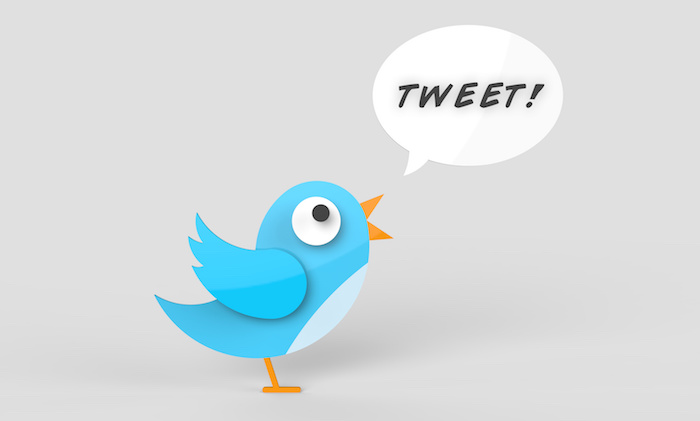


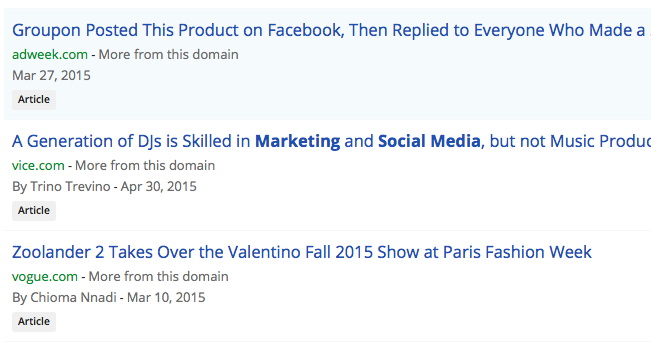

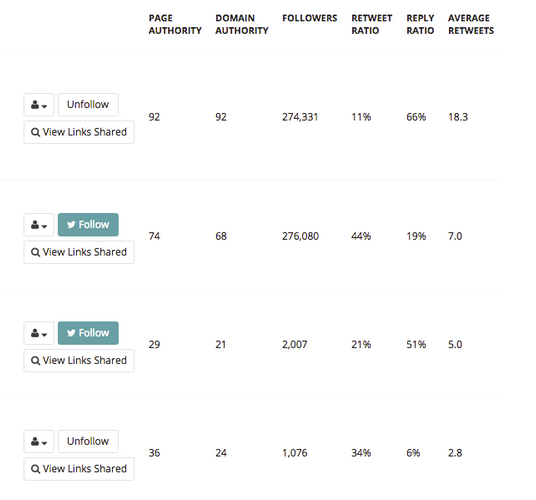
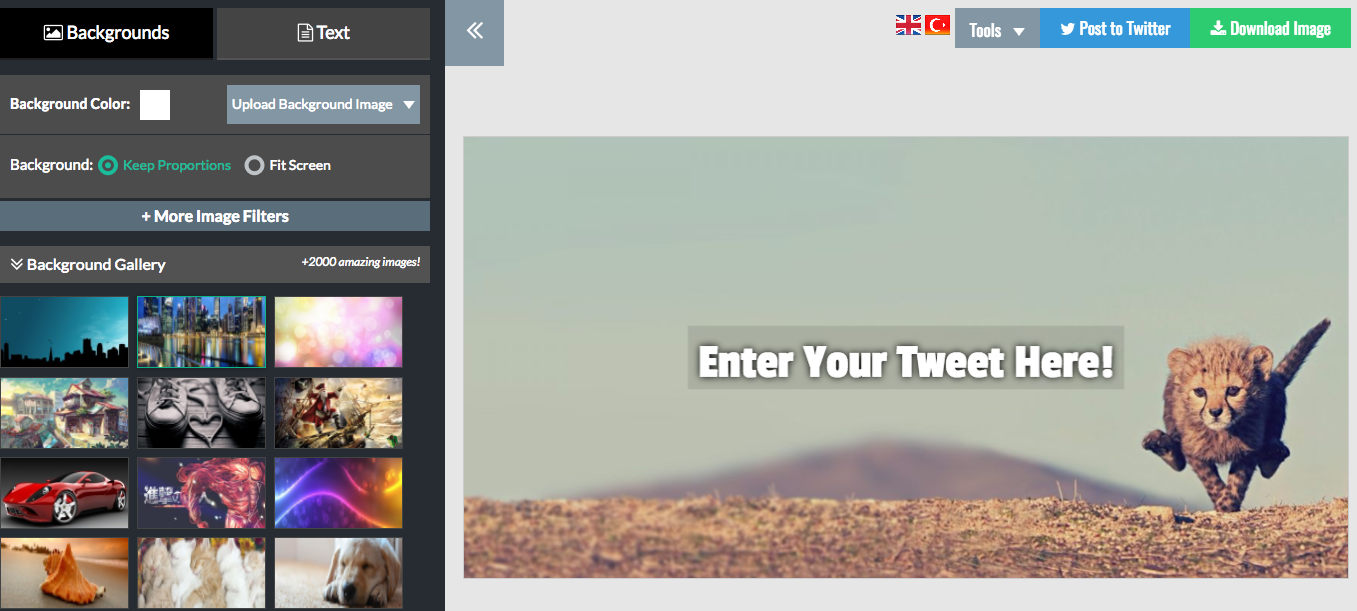
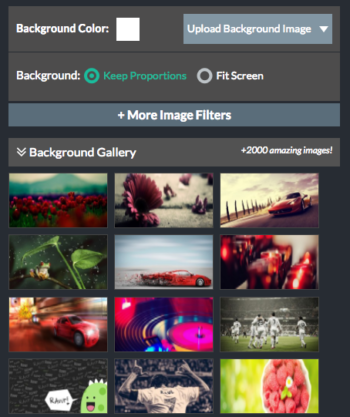
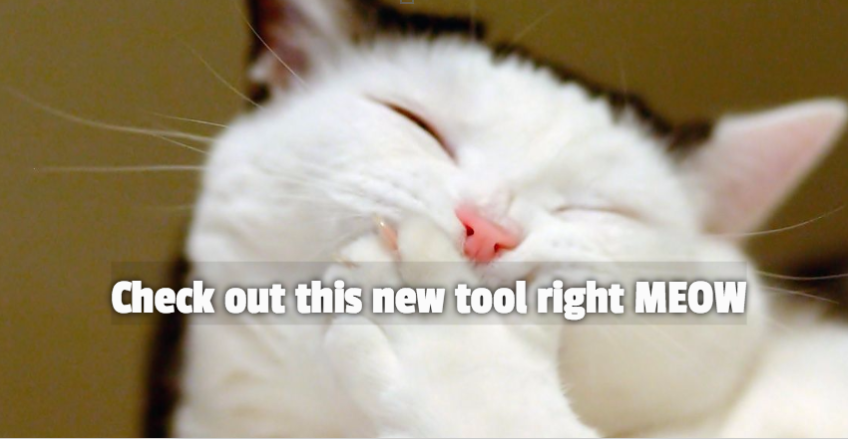
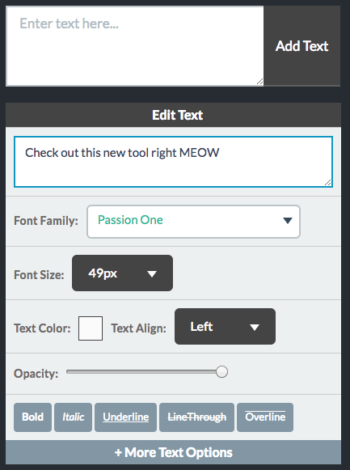
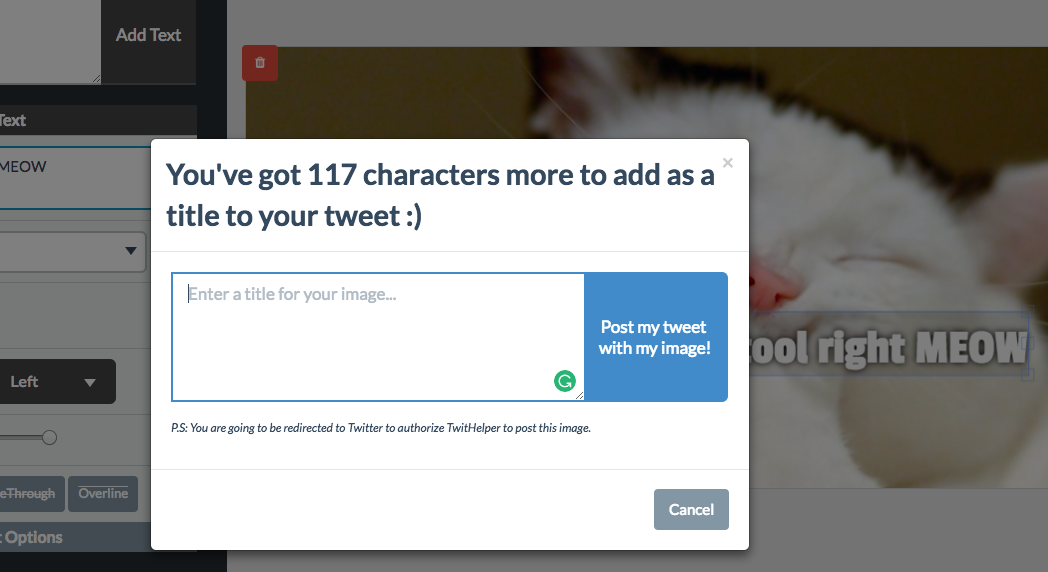
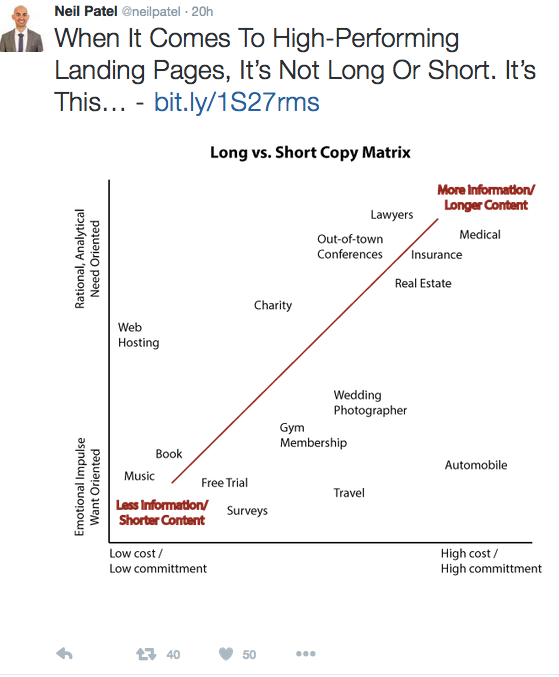
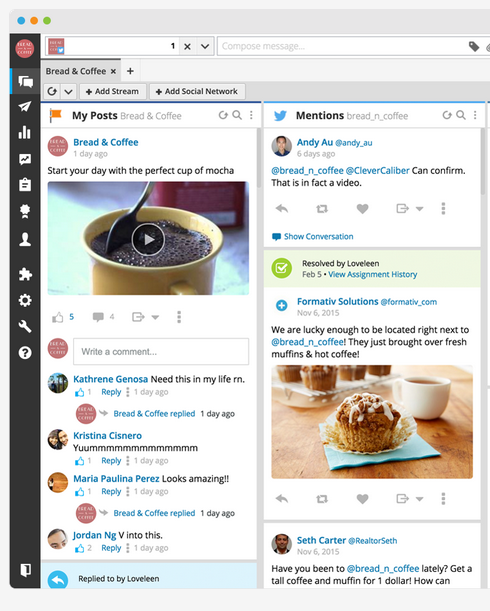
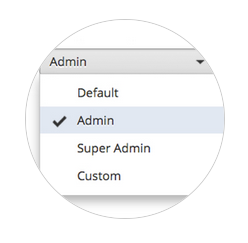
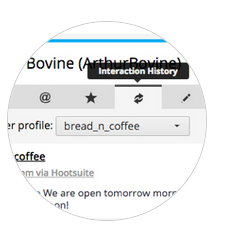
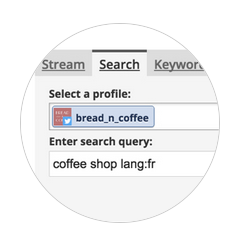


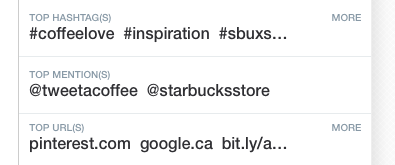
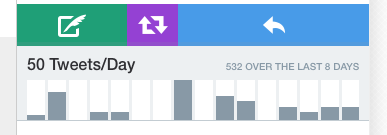
Comments (84)